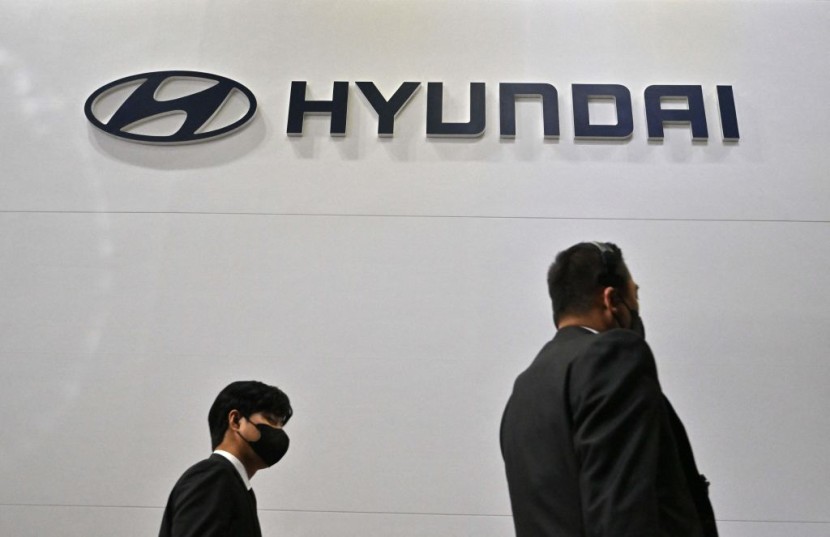Hyundai Motor Group has shared details about developing an autonomous lunar exploration rover.
They work with their Korean aerospace partners to navigate the moon's surface. Hyundai aims to deliver the model using Kia and Hyundai technologies by 2027.
Testing to Start in 2024
Hyundai signed a joint multilateral agreement with six different Korean institutes in the aerospace sector in 2022. Together, they have created a consultative entity to develop autonomous, solar-powered mobility vehicles to support lunar exploration.
Hyundai wants to combine its robotics and autonomous technologies with the body of aerospace knowledge to create a mobility development model for moon exploration, as reported by Electrek.
The initial development model will start, and they will build a launch-capable model. Its rover will be combined with Hyundai and Kia technologies, including cameras and LiDA enabling autonomous capabilities, solar panels, and batteries for changing. It will also be equipped with electric motors.
Hyundai Rotem, the group's heavy industry division, will be responsible for the robot manufacturing technology to develop a multipurpose mobility platform for moon exploration and beyond. The upper section of the rover above the HMG components will be able to haul scientific payloads and equipment up to 70kg.
Before the rover is sent to the moon, the group will have several mission-based performance tests in an environment close to the moon's surface.
The rover will be a part of the group's long-term goal to establish a sustainable presence on the moon and explore further into deep space. This project is a significant step towards achieving that goal and showcases the group's commitment to advancing technology and exploration.

Race to the Moon
The competition is heating up as multiple countries and private companies race to the moon. The United States has plans to send astronauts back to the moon by 2024 through their Artemis program, while China recently landed a rover on the far side of the moon in 2019. Meanwhile, private companies such as SpaceX and Blue Origin have also announced plans for lunar missions.
The moon has long been a target for exploration and research, with the first humans landing on its surface in 1969 as part of the Apollo program. Since then, numerous missions have been sent to the moon to study its geology, atmosphere, and potential as a site for human habitation.
As technology advances and more countries and companies invest in space exploration, the moon will likely become an increasingly important destination for scientific research, resource extraction, and potential colonization. The race to the moon is far from over, and the next few years will likely see significant developments in lunar exploration and technology.
Related article : Dwarf Planet with Ring in Place of Moon Baffles Astronomers








